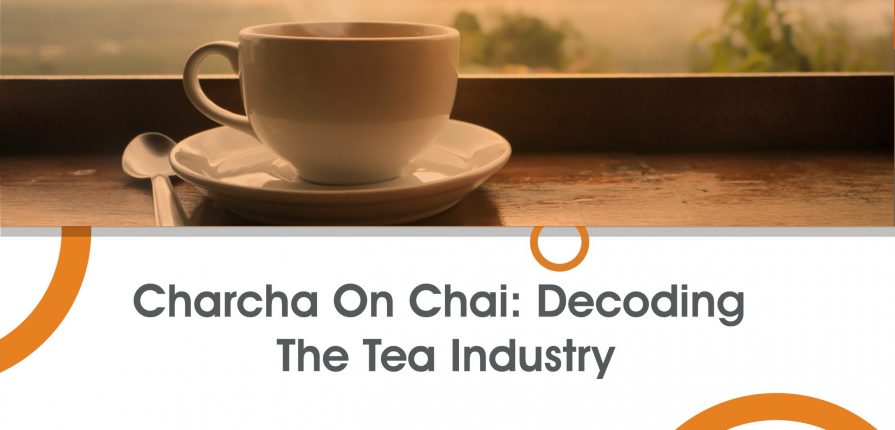Chai is a time-honoured tradition in most Indian families that began with colonial endeavours in China and has now turned into an omnipresent beverage across our country – from railway stations to luxury hotels.
According to the India Brand Equity Foundation (IBEF), India is one of the world’s largest consumers of tea, consuming 75 per cent of its own produce despite being the second largest tea producer in the world as of 2019. Still, it is fourth in terms of tea export, sending out tea worth US$ 755.8 million in FY2021.
Even though coffee shops are a burgeoning business in India, tea cafes – also known as tea houses or tea rooms – are not far behind. The Tea Room in Kolkata, for example, is a premium lounge that serves a range of specialty teas, while Delhi also has numerous cafes serving a mind-numbing variety, from chocolate and fruit tea to pudina chai, customised options as well as the classic irani chai and full cutting chai.
Popular teas drunk across India include masala chai – made fragrant with the addition of cardamom, cinnamon, ginger, cloves, etc; gur or Ladhaki tea, similar to butter tea which includes the addition of local butter; Assam tea and Darjeeling tea which are popular world over; Nilgiri tea or blue mountain tea. Indians have also taken to drinking black tea, green tea, white tea, herbal tea and lemongrass tea.
In places with high temperatures and humidity, iced teas have become popular, particularly among the younger, more urban crowd. A bunch of iced tea brands have taken to experimenting with flavours and promoting their products in ready-to-consume bottles. Among the well-loved brands are Te-A-Me’s all natural brews with flavours including lychee freeze and mint brew; Brewhouse’s organic apple cinnamon, beach, lemon and berry flavours; Chill Inc’s iced green tea; Namaste Chai’s interesting preservative-free flavours such as coconut vanilla, blackberry and raspberry, and peach and apricot. Blue pea flower tea or blue tea is also catching on. This is a caffeine-free herbal tea made by infusing the flower of butterfly pea or blue bell vine plant.
But India’s tea connoisseurs are no longer satisfied drinking regular chai. They want their evening cuppa with a bit of character which includes blends of distinctive aromas and flavours. Among the top tea companies is The Good Life Co which combines tea leaves, fruit and flowers from around the world; No 3 Clive Road which specialises in hand-blended teas; Anandini Himalaya Tea which combines quality leaves from north India with flowers and spices from south India; and Vahdam’s ethically sourced options from across north-east India.
Still, all is not well with the country’s tea industry. In 2021, production saw a sharp decline from 2019, an estimate of a 40-45 million kg drop according to Hindu BusinessLine. The pandemic also further exposed the dark underbelly of the industry that has grown on the backs of impoverished tea garden workers.
Tea pluckers continue to be paid negligible amounts while carrying out what is actually a rather skilled job where leaves are to be gently handled while being plucked a certain way to produce high quality teas. According to an Oxfam India study of 5000 tea plantation workers in 2020, the average monthly income is around Rs 4000 (slightly less for women and slightly higher for men).
There is poor access to healthcare, education and other necessities, with Oxfam stating that the current living wage in Assam is Rs 342 per day, significantly lower than the suggested decent living wage of Rs 884 per day.
As tea continues to remain one of India’s most preferred beverages, restaurant managers, foodpreneurs and others in the industry must look at supporting fair wages and better living conditions for the deft hands that bring us our afternoon cuppa.







Leave a Reply